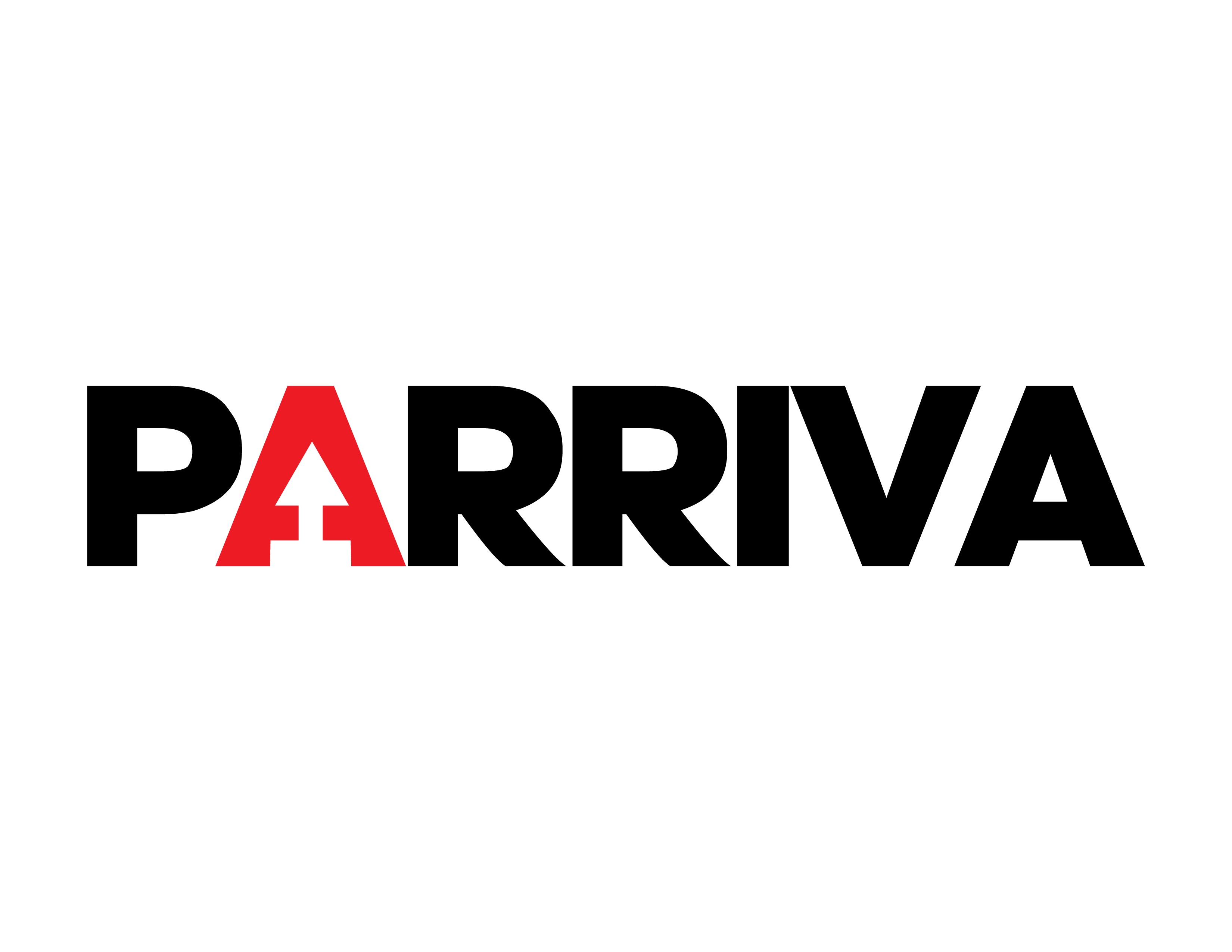Young woman with her husband signing contract for buying a car
The proposed tariffs on imports from Mexico, Canada, and China are poised to significantly impact new car prices in the United States. President Trump’s announcement of a 25% tariff on goods from Mexico and Canada, along with a 10% tariff on Chinese imports, is set to take effect on March 4, 2025.
New car prices have skyrocketed in recent years, making them increasingly unaffordable for the average American. As of 2024, the average price of a new car hovers around $47,000, while the average monthly car payment is over $700. With high interest rates and rising insurance costs, many middle-class and working-class buyers are struggling to afford new vehicles, pushing them toward used cars or alternative transportation options. And it could get worst as many vehicles sold in the U.S. are manufactured in Mexico and Canada. For instance, models like the Chevrolet Equinox, Toyota Tacoma, Honda Civic sedan, and Honda CR-V are produced in these neighboring countries. The imposition of a 25% tariff on these imports would likely lead to substantial price increases for these models.
Auto industry executives and analysts warn that such tariffs could sharply elevate vehicle prices. The additional costs incurred by manufacturers due to tariffs are often passed on to consumers, making new cars less affordable.
Financial experts have long advised against purchasing new cars due to rapid depreciation. The moment a new vehicle is driven off the lot, it loses an estimated 10–20% of its value, with further depreciation of about 40–50% over the first five years. This means that buyers are often paying high premiums for assets that lose value quickly. Unlike real estate or stocks, which have the potential to appreciate, cars are depreciating liabilities that continue to cost money in maintenance, insurance, and interest on auto loans.
New car ownership also comes with hidden costs, including higher insurance premiums, dealership fees, and taxes. Many buyers are enticed by long-term financing options, such as 72- or 84-month loans, which keep monthly payments lower but lead to significant interest payments over time, ultimately costing thousands more than the original price tag.
As a result of these high car prices, car dealerships are pushing leases more aggressively than ever. Several factors are driving this trend.
The choice between buying and leasing depends on individual financial situations and priorities.
Buying:
- Pros: Ownership, no mileage restrictions, ability to modify the vehicle, potential resale value.
- Cons: High monthly payments, rapid depreciation, expensive repairs after warranty expires.
Leasing:
- Pros: Lower monthly payments, new car every few years, minimal maintenance costs (covered under warranty), ideal for those who prefer new models.
- Cons: No ownership, mileage limits, lease-end fees, long-term cost may exceed buying if perpetually leasing.
Experts suggest that if you plan to keep a car for a decade or longer, buying a slightly used car (2–3 years old) is a smarter financial decision, as it allows you to avoid the steepest depreciation while still benefiting from modern features and warranties.
Carlos Slim on U.S. Tariffs: How Latino Businesses Could Be Affected

